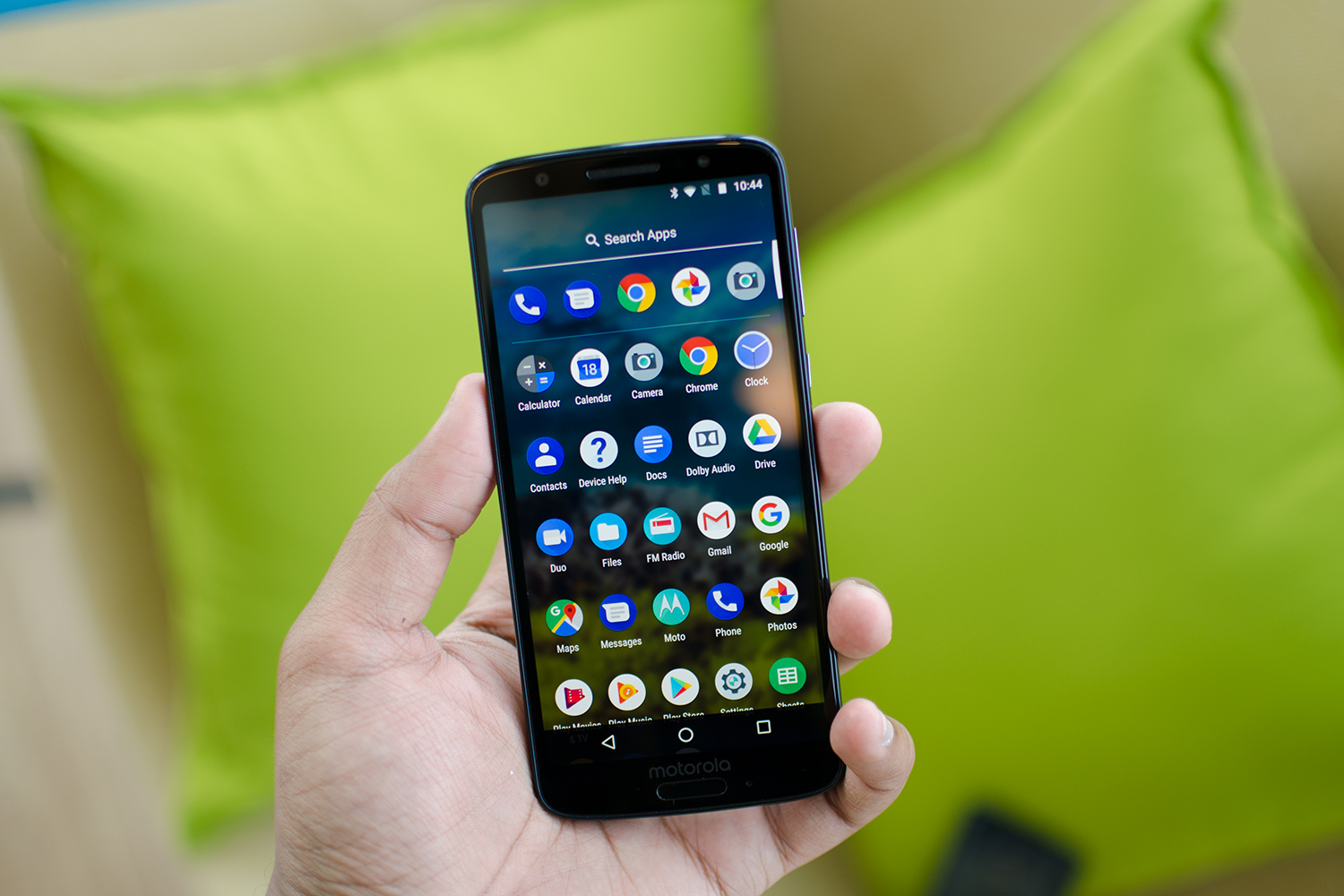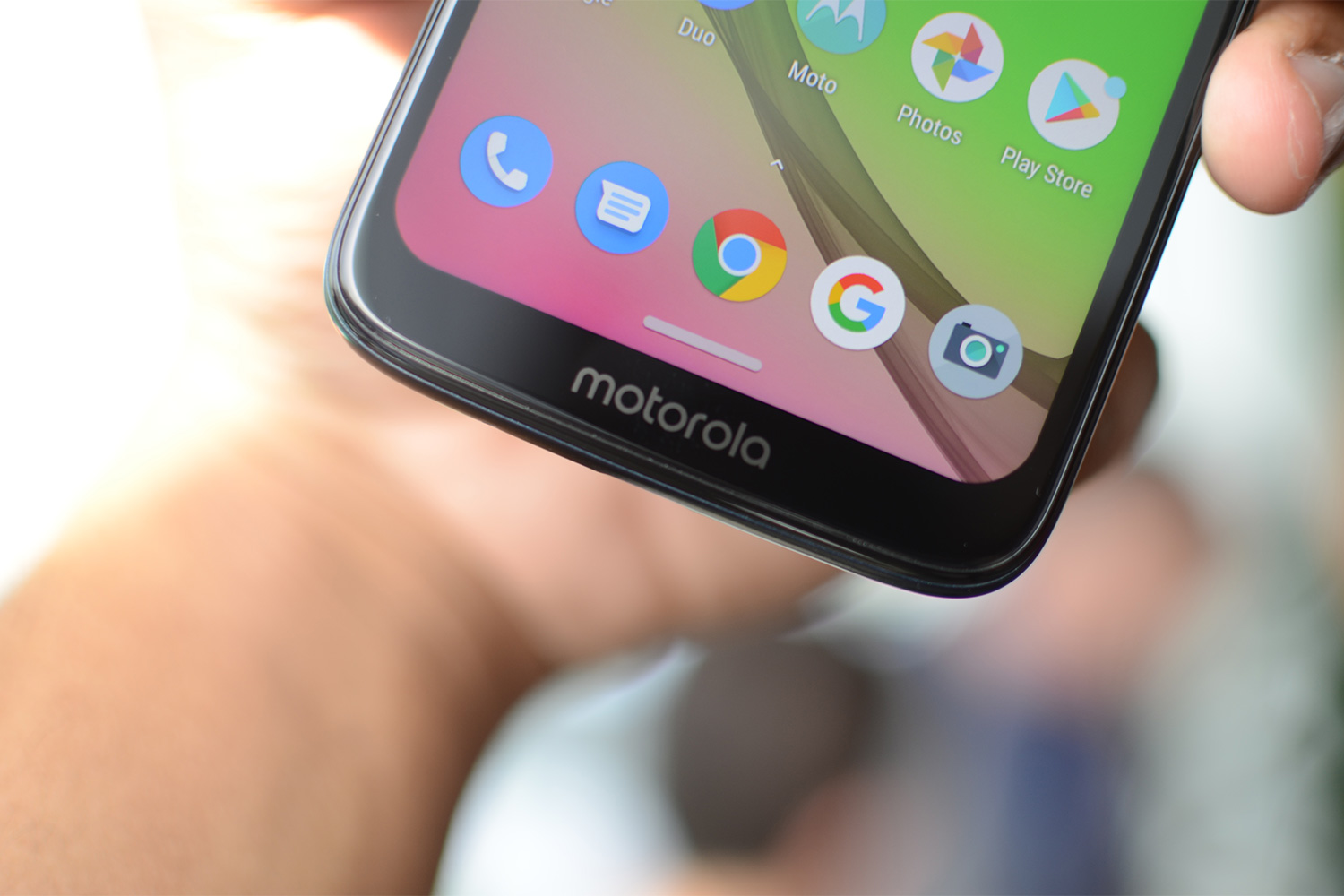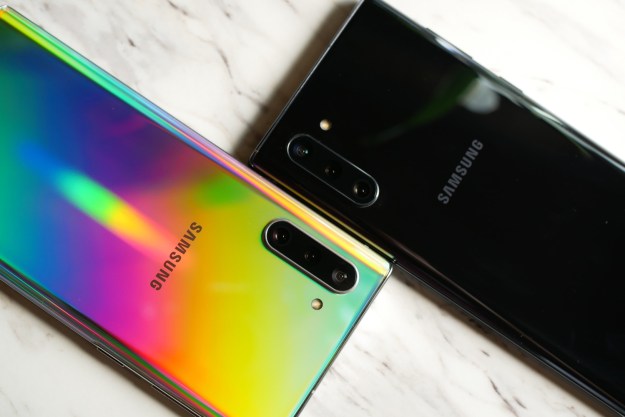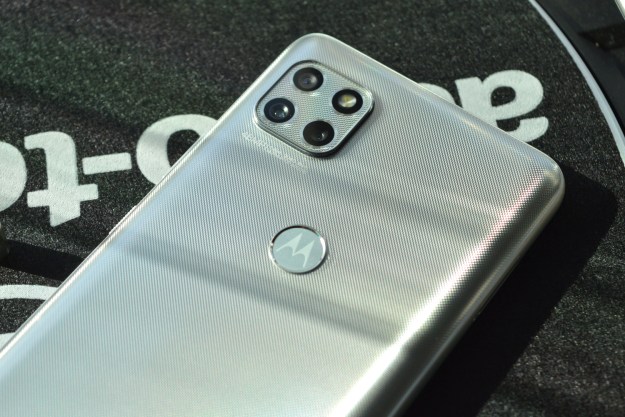
The Motorola Moto G series has long been considered one of the best options for people looking to buy a midrange smartphone. Now, the company has taken the wraps off of a new device in the series — the Moto G7. But it has got some serious competition ahead of it. Not only are there some great midrange phones from other companies, but the new phone also needs to be a whole lot better than the previous-generation Moto G6 to be worth buying.
Is it all that much better? We put the two phones head to head to find out if it’s a good idea to upgrade.
Specs
| Moto G6 | Moto G7 | |
| Size | 6.06 x 2.85 x 0.33 inches (153.8 x 72.3 x 8.3 mm) | 6.18 x 2.96 x 0.31 inches (157 x 75.3 x 8 mm) |
| Weight | 5.9oz (167g) | 6oz (172g) |
| Screen size | 5.7 inches | 6.2 inches |
| Screen resolution | 2,160 x 1,080 pixels | 2,270 x 1,080 pixels |
| Operating system | Android 8.0 Oreo | Android 9.0 Pie |
| Storage space | 32/64GB | 64GB |
| MicroSD Card slot | Yes | Yes |
| Tap-to-pay services (NFC) | No | No |
| Processor | Qualcomm Snapdragon 450 | Qualcomm Snapdragon 632 |
| RAM | 3/4GB | 4GB |
| Camera | Dual rear 12MP and 5MP, front 8MP | Dual rear 12MP and 5MP, front 8MP |
| Video | 1080p at 60 fps | 4K at 30 fps, 1,080p at 60 fps, 720p at 120 fps |
| Bluetooth version | Bluetooth 4.2 | Bluetooth 4.2 |
| Ports | USB-C, 3.5 mm headphone jack | USB-C, 3.5mm headphone jack |
| Fingerprint sensor | Yes | Yes |
| Water resistance | Water-repellent coating | Water-repellent coating |
| Battery | 3,000mAh | 3,000mAh |
| App marketplace | Google Play | Google Play |
| Network support | All major carriers | All major carriers |
| Colors | Black, Deep Indigo | Ceramic Black, Clear White |
| Price | $249 | $299 |
| Buy from | Motorola | TBA |
| Review score | 3.5 out of 5 stars | Hands-on |
Performance, battery life, and charging

The Moto G7 is the newer device here, so it’s not unreasonable to expect that it’ll step things up in the performance department — and step things up it does. While the previous Moto G6 only had a Qualcomm Snapdragon 450 processor, the
Battery life on the two phones is very similar, if not exactly the same. Both phones have a 3,000mAh battery, though considering the
Considering the vastly improved processor in the
Winner:
Design and durability

The Moto G6 isn’t a bad-looking phone. It has a relatively large display on it, a fingerprint sensor at the bottom of the front, a classic Moto camera bump on the back, and a relatively modern look.
If you want something a little more contemporary, though, the
Motorola has been lacking a little in the durability department. Neither of the two phones have any official water-resistance, so you’ll want to keep your device well away from any water. They’re also both built from Gorilla Glass 3, meaning if you drop them, it’s possible you’ll pick up a cracked phone.
Because of the more modern look, the
Winner:
Display

The display on the two phones is very similar. Both devices technically have a 1,080p display, but because of the slight variation in aspect ratio, the resolution of the
The Moto G6’s display has a higher pixel density, but the
Winner:
Camera

On paper, the cameras on both devices are pretty much the same. They each have a dual camera with one 12-megapixel sensor featuring an aperture of f/1.8 and one 5-megapixel depth sensor. They also both have a front-facing camera of 8 megapixels. The Moto G6 introduced a feature called Cinemagraphs that allows you to capture photographs with an element of movement. The G7 has this, and also adds a few more camera features. There’s Auto Smile Capture, which snaps a photo as soon as a smile is detected on camera. High-Res Zoom enhances the quality of photos when you zoom in digitally, and there’s also a Hyperlapse option for videos you shoot.
The new features give the
Winner:
Software and updates

Both the Moto G6 and the
Winner:
Special features
Midrange devices are generally aimed at offering good value for the money and not much else, and that certainly seems to be the case here. Still, Motorola has included a few cool software features, as it does on all of its phones. For example, you’ll get Moto Actions, which allows you to access certain apps and features through gestures. You’ll also get Moto Voice, which allows you to open apps with your voice, while Moto Display delivers an always-on display. These specs are the same across both phones.
Winner: Tie
Price
The Moto G6 is currently available for under $200, which is actually quite a good price for the phone. It’s available unlocked on Amazon, and from a range of carriers. The
Overall winner: Motorola Moto G7
While the Moto G6 is definitely a high-quality device, the
Editors' Recommendations
- The best Motorola phones in 2024: which one should you buy?
- Moto G Power 5G adds a flagship feature to a budget phone
- The Moto G Pure might be Motorola’s most affordable entry-level phone yet
- Better late than never, the Motorola Moto G100 lands in the U.S.
- Nokia 5.4 vs. Motorola Moto G Power (2021): Budget battleground


